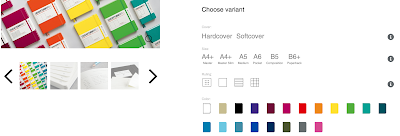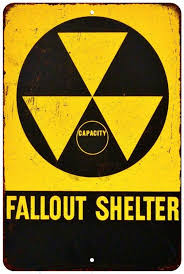The holdings of the local library in this classification mainly consist of books about transportation, with a smattering of other applications of physics (civil engineering; nuclear power plants). There are also a few fun memoirs and histories of people involved in these endeavors. I particularly recommend
Rocket Boys, the book that became the also highly recommended movie
October Sky. I read this charming and uplifting (as it were) story of boys from coal country who became rocket scientists in the 90s, so let me know if it holds up. I was also tempted by
Fly Girls, about the cohort of early female pilots to which Amelia Earhart belonged.
But my husband is in IT, and he recommended I read his favorite engineering book,
To Engineer is Human: the Role of Failure in Successful Design, by
Henry Petroski. Since he's in testing and quality assurance, the idea of failure as part of the road to success is very meaningful to him. And since I had just experienced some professional failures of my own, I thought there might be some universal lessons for me.
And indeed Petroski is very pro-failure. "Success may be grand, but failure can often teach us far more....With each tottering attempt to walk, our bodies learn from the falls what not to do next time. ...toys teach us the reality of structural failure and product liability...Breakdowns of man and machine can occur if they are called upon to carry more than they can bear." In mass-produced goods, toy or otherwise, failure is not surprising and is one of the main ways manufacturers discover how to improve their products.
However, in structural engineering, it is frowned upon to build something that you are pretty sure could be better and then wait for consumers to break it so you can figure out where improvement is needed. And that's kind of where he got technical enough that I had serious trouble continuing and decided to switch books. After all, I'd gotten what I needed: sometimes you can't know how something will break until you try it!
I then took a stab at
The Lost Art of Finding Our Way, by
John Edward Huth, who is, surprisingly, a particle physicist. This book, however, is about navigation, its history and practice, especially as pertaining to seafaring. I was extremely interested in the first few chapters of the book, where he laid out the problems with overreliance on GPS and talked about mental map-making.
I am an avid hiker, and while I like to stay on trails, it is important to me to know where I am geographically. There is a map in my mind, with a little red dot that tells me where I am. This book helped me realize that, while I can study a print map and remember it pretty well, it's the little red dot that I really need. It turns out that to correctly place myself on my mental map, I use all kinds of cues. Am I going uphill or down? Do I hear or smell water? Is the light changing, suggesting a meadow or at least a clearing up ahead? Can I hear traffic, telling me where the road is? Can I see houses, and do I know what street they are on?
When using a physical map, I have often experienced the phenomenon called
map bending, wherein the traveler selectively disregards certain details in her surroundings that would indicate that she is not where she wants to be. It's so easy to do... after all, trail maps are not always well-updated, and there are so many excuses one can offer oneself to align the little red dot in one's head with the desired outcome according to the map. And yet. Ruthless honesty is the only way to get unlost. Standing at a clearly marked trail intersection that is black and gold instead of blue and red and looking at a fork instead of a hairpin turn, trying to talk yourself into believing that you are where you thought you were will be as successful as doing a jigsaw puzzle by smashing the pieces in that don't quite fit.
If you do realize that you are not where you thought you were, that you don't, in fact, know where you are, that you have no map and no cell phone coverage and no sight or sound of civilization, Huth offers a really useful list of strategies. Some are highly unlikely to be successful, such as trying to walk in a straight line or trying to follow unclear, unmarked paths or watercourses. Some, while tedious, might be very fruitful, such as establishing a base of operations, like a trail intersection, and then exploring out in every direction. This only works if the hiker a) does not exceed her ability to find the base again and b) is willing to admit that a given path is no good and return to base to try another.
Seeking a high point seems like an obviously good idea, but, as anyone who has read
The Hobbit knows, sometimes the "high point" is not actually very high, and a lot of energy is expended for nothing. Probably the safest strategy to use is to backtrack, but this requires the hiker to be able to make all the same turn choices in reverse that she made in the outgoing journey-- which may just result in being more lost! My favorite strategy can be used both in and outdoors, when available, and even while driving: find something very tall and head for it. Do not lose sight of it! This approach guarantees that you will find the very tall thing, if nothing else.
In our pandemic world, hiking is one of the few recreations still available to us. The slight possibility of getting lost, or the entertainment of seeking to construct a fully accurate and interactive mental map of a hiking area, enriches the experience as we seek to make our own fun outdoors. So it turns out engineering isn't just for engineers!








